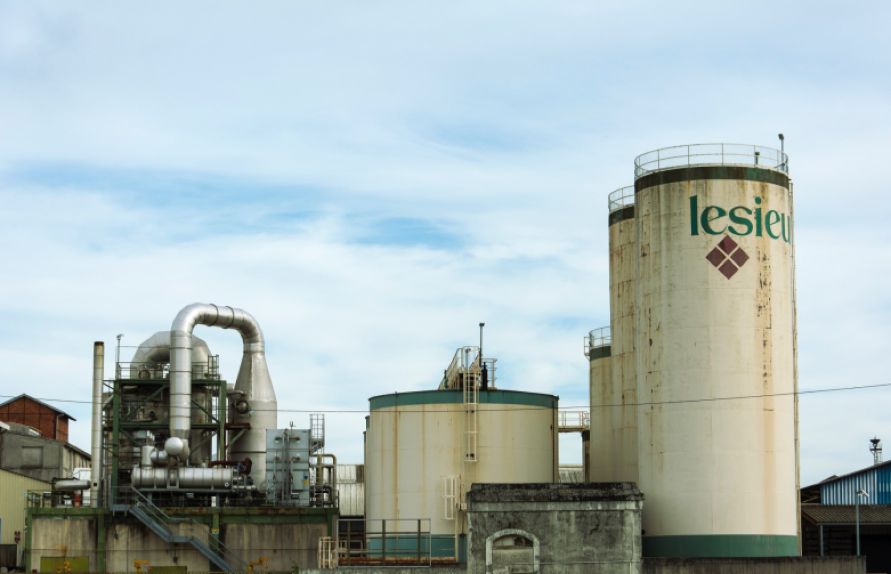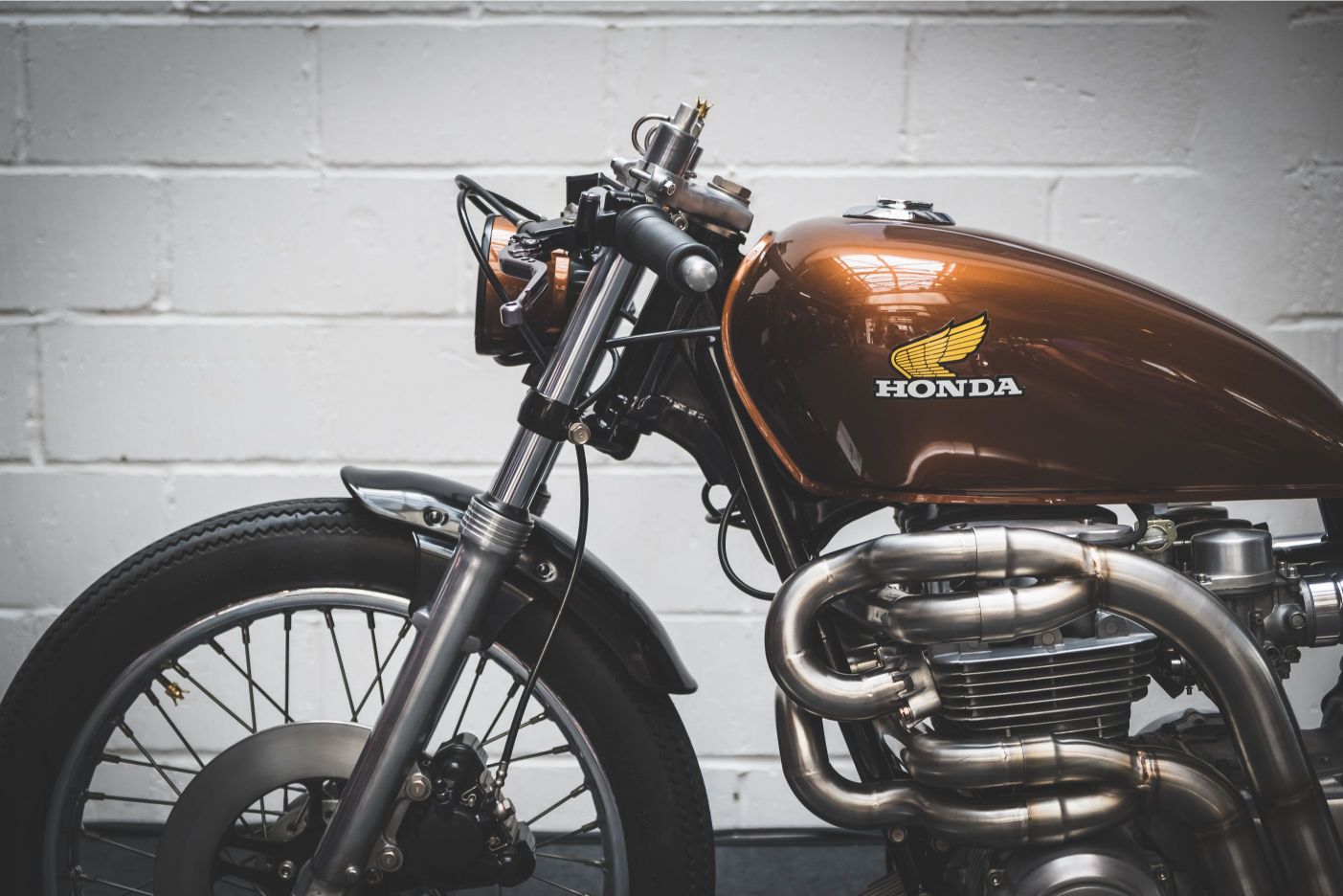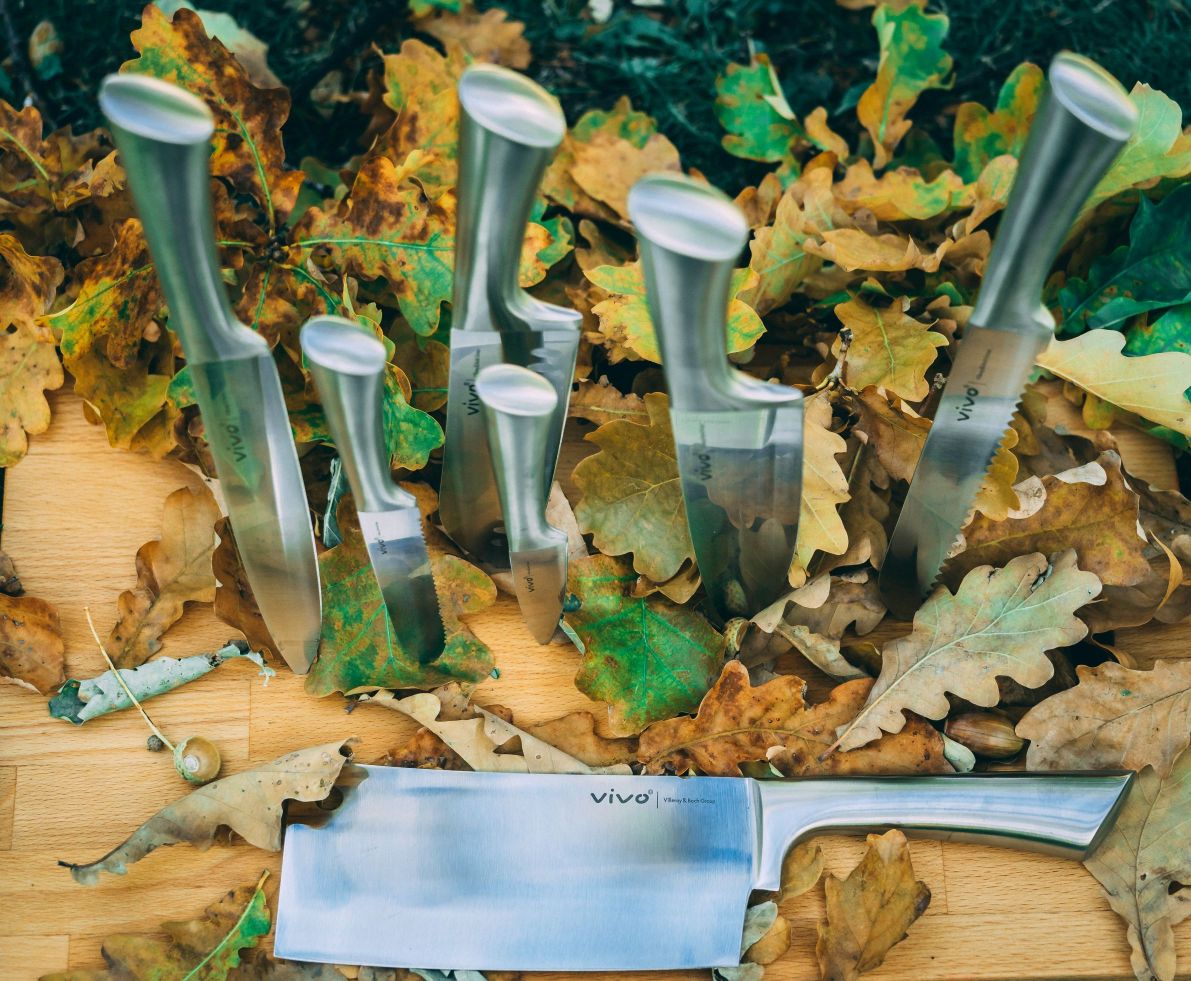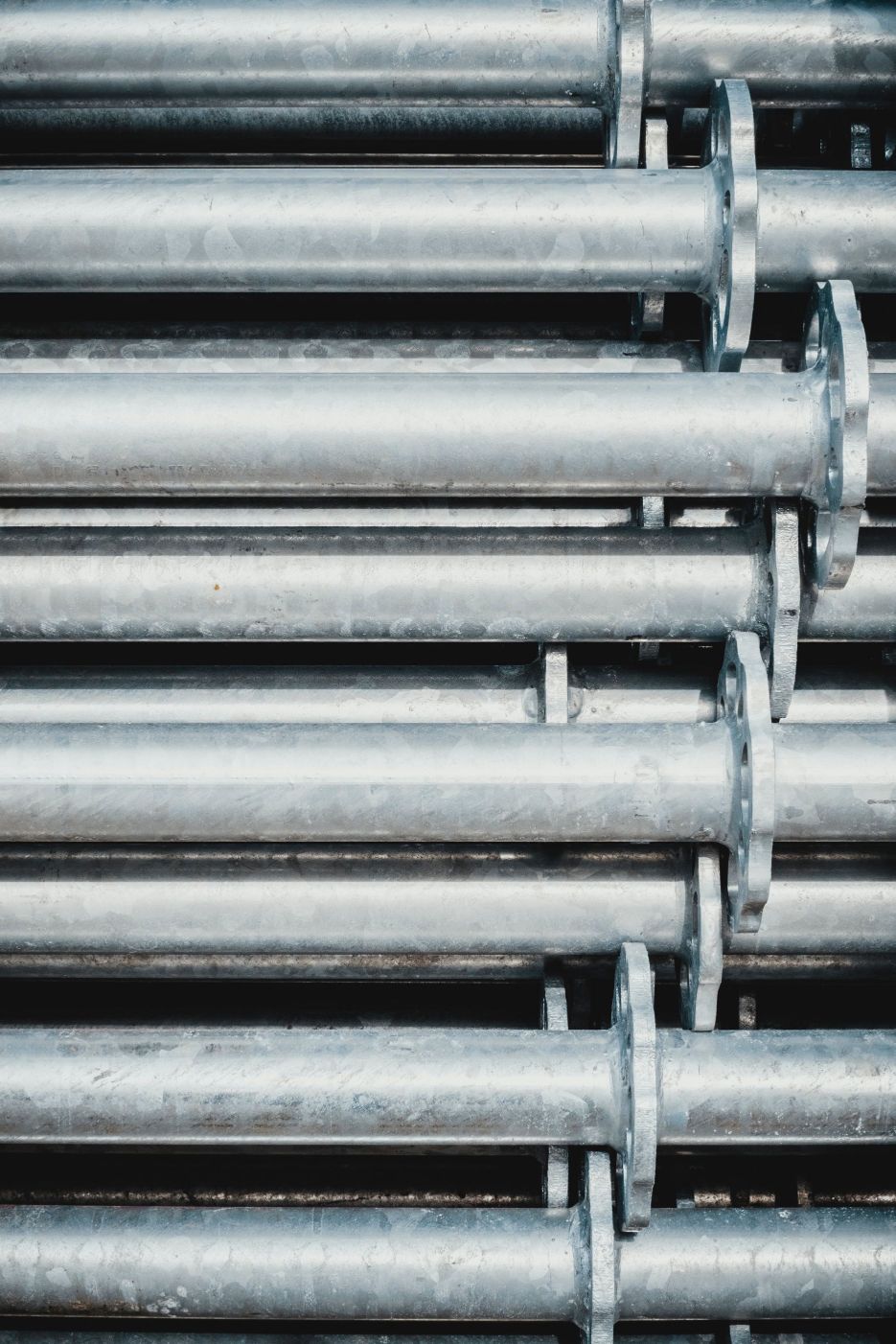Stainless steel is a manmade product that is used in a range of applications on a daily basis. Stainless steel is often used in a range of applications, including heavy industry, architecture, automotive manufacturing and dentistry. It is a strong and durable material that is well-known for its resistance to corrosion.
In this article, we’ll uncover what stainless steel is made of, how many types of stainless steels there are and how long it lasts.
1. What is stainless steel made of?
Stainless steel is a metal alloy that is made up of chromium, nickel, molybdenum, silicon, aluminium and carbon. Chromium is the most important ingredient in this chemical concoction. It is so important to this process that you cannot make stainless steel without it. Chromium is a hard, rust-resistant transition element that gives stainless steel its corrosion-resistance. The more chromium contained in the metal alloy, the more resistant to corrosion the steel is.
There are a total of 150 grades of steel and these are all determined by the percentage of chemical elements that are added to the mixture. If more molybdenum is added, it gives localised corrosion resistance against scarring. Other alloying metals can also be added to improve the properties and structures of stainless steel.
2. How many types of stainless steel are there?
There are over 150 different grades of stainless steel, and these can be divided into 5 categories.
i. Austenitic
Austenitic stainless steel is composed of 18% chromium and 8% nickel and is the most commonly used grade of stainless steel. As we mentioned earlier, the higher the percentage of chromium, the more resistant the steel is to rust and corrosion. Austenitic steel is amongst the top metals with high resistance to corrosion. Other properties of this grade of steel include excellent formability, fabricability, ductility, cleanabilty and hygiene characteristics.
Austenitic steel is great for welding and means that it can be used for a range of different applications. Austenitic steel is often used for kitchen sinks, food processing equipment, chemical plant equipment and other architectural applications.



ii. Ferritic
Ferritic stainless steel contains less than 0.1% carbon which gives it a similar composition to carbon and low alloy steels. Chromium levels in Ferritic steel vary between 12% and 18% and therefore gives this grade of steel a moderate to good corrosion resistance rating. The reduced levels of carbon in Ferritic steel limit its usability and are not ideal for welding.
Ferritic steel is often used for hot water tanks, automotive trims and exhausts, and colliery equipment.



iii. Duplex
Duplex stainless steel is a combination of ferritic and austenitic grades. Duplex steel contains high levels of Chromium (between 18% and 28%) and moderate amounts of nickel (between 4.5% and 8%). The lower levels of nickel are insufficient to generate a full austenitic structure and therefore results in the combination of ferritic and austenitic grades to make duplex steel.
Due to its high levels of chromium, duplex steel has a high resistance to stress corrosion cracking and increased resistance to chloride ion attacks. These properties make it the primary choice for marine applications. The combination of ferritic and austenitic properties makes duplex steel highly tensile and stronger than ferritic and austenitic steels alone.
Duplex steel is great for welding and is fairly formable, which makes it good for a range of applications. Common uses include heat exchangers, marine equipment, desalination plants and petrochemical plants.



iv. Martensitic
Martensitic stainless steel has a relatively high carbon content of 0.1% to 1.2% compared to other stainless steels. The chromium levels in martensitic steel sit between 12% and 18% which makes its resistance to corrosion moderate.
Martensitic steel can be hardened by heat treatment which means that it is a strong metal and hardness levels can be achieved. Additionally, martensitic steel has poor weldability and is magnetic.
Martensitic steel was the first stainless steel to be commercially developed as cutlery and has been used in a number of other applications such as knife blades, surgical instruments, shafts and pins.



v. Precipitation hardening
This is a very strong type of stainless steel also known as PH stainless steel. Copper, niobium, and aluminium are added allowing PH stainless steel to be machined into intricate shapes. Precipitation hardening steel has a moderate to good corrosion resistance, good weldability and very high strength.
Precipitation hardening stainless steel is predominately used in the construction of long shafts for pumps and valves.



3. How long does stainless steel last?
The protective chromium oxide film which naturally forms on stainless steel makes it resistant to corrosion. This chromium oxide film is non-reactive, so it doesn’t influence other metals. The film will cling to the stainless steel and is non-transferable. If the chromium oxide film is scratched or damaged it can renew itself. These qualities make it resistant to years of weather, sunlight, UV light and extreme temperatures. Stainless steel also resists knocks, scratches and load bearing. All these qualities give it the ability to last many lifetimes.
4. What is stainless steel made of?
Stainless steel will always be comprised of a minimum of 10.5% chromium. This is what gives stainless steel its corrosion resistant quality. Each type of stainless steel is composed of elements in varying percentages. The variation in elements and the amount of them is what differentiates each of the 5 categories of stainless steel.
Austenitic stainless steel is composed of:
- Chromium (18%)
- Carbon
- Silicon
- Manganese
- Phosphorous
- Sulphur
- Molybdenum
- Nickel (8%)
- Nitrogen
Ferritic steel composition can include varying percentages of:
- Chromium (12% to 18%)
- Carbon (less than 1%)
- Silicon
- Manganese
- Phosphorous
- Sulphur
- titanium
Martensitic steel’s composition includes:
- Chromium (12% to 18%)
- Carbon (1% to 1.2%)
- Silicon
- manganese
- phosphorous
- sulphur
- nickel
- iron
Duplex steel is composed of:
- Chromium (18% to 28%)
- Nickel
- Copper
- Molybdenum
Precipitation hardening steel is composed of:
- Chromium (15% to 17.5%)
- Nickel
- Copper
